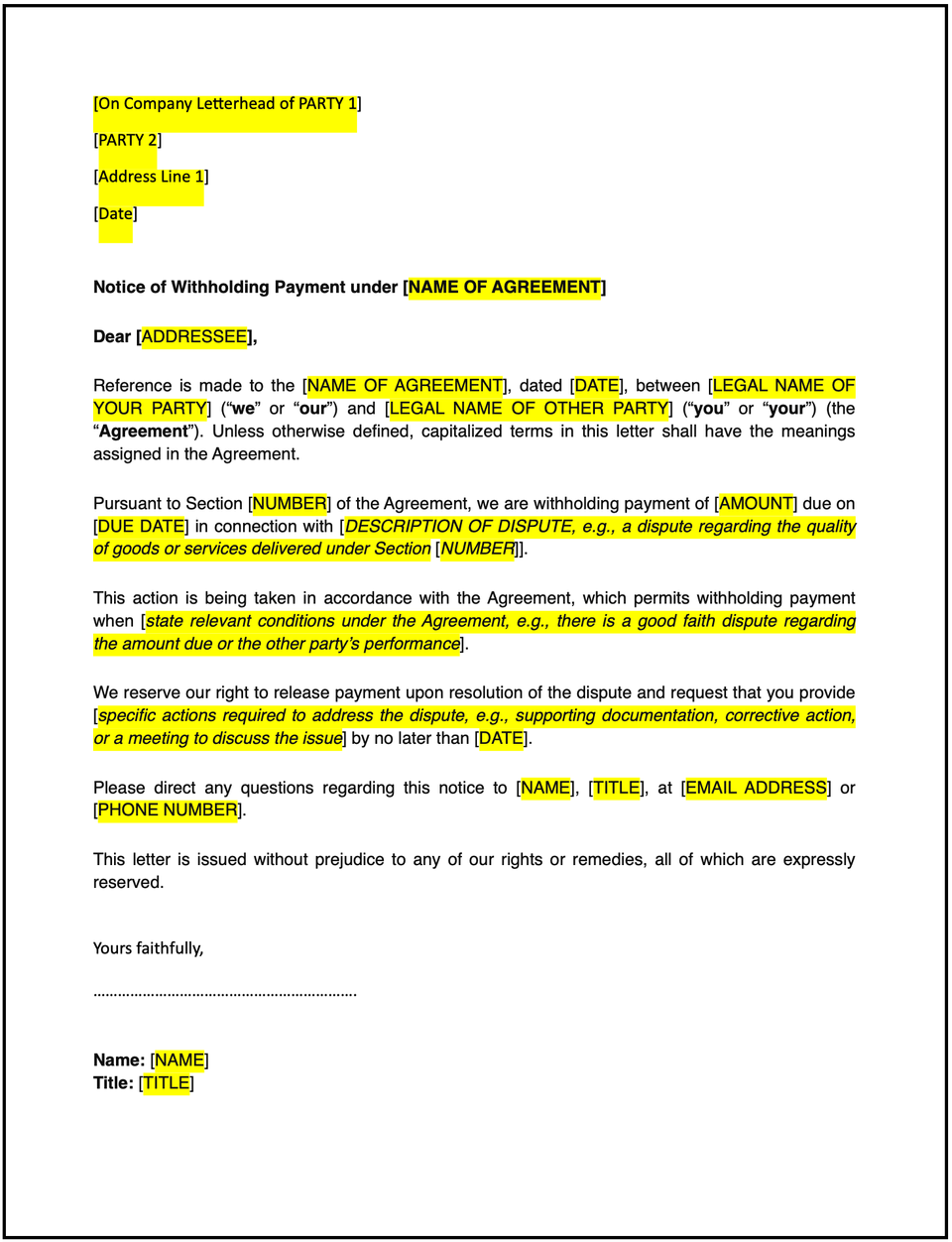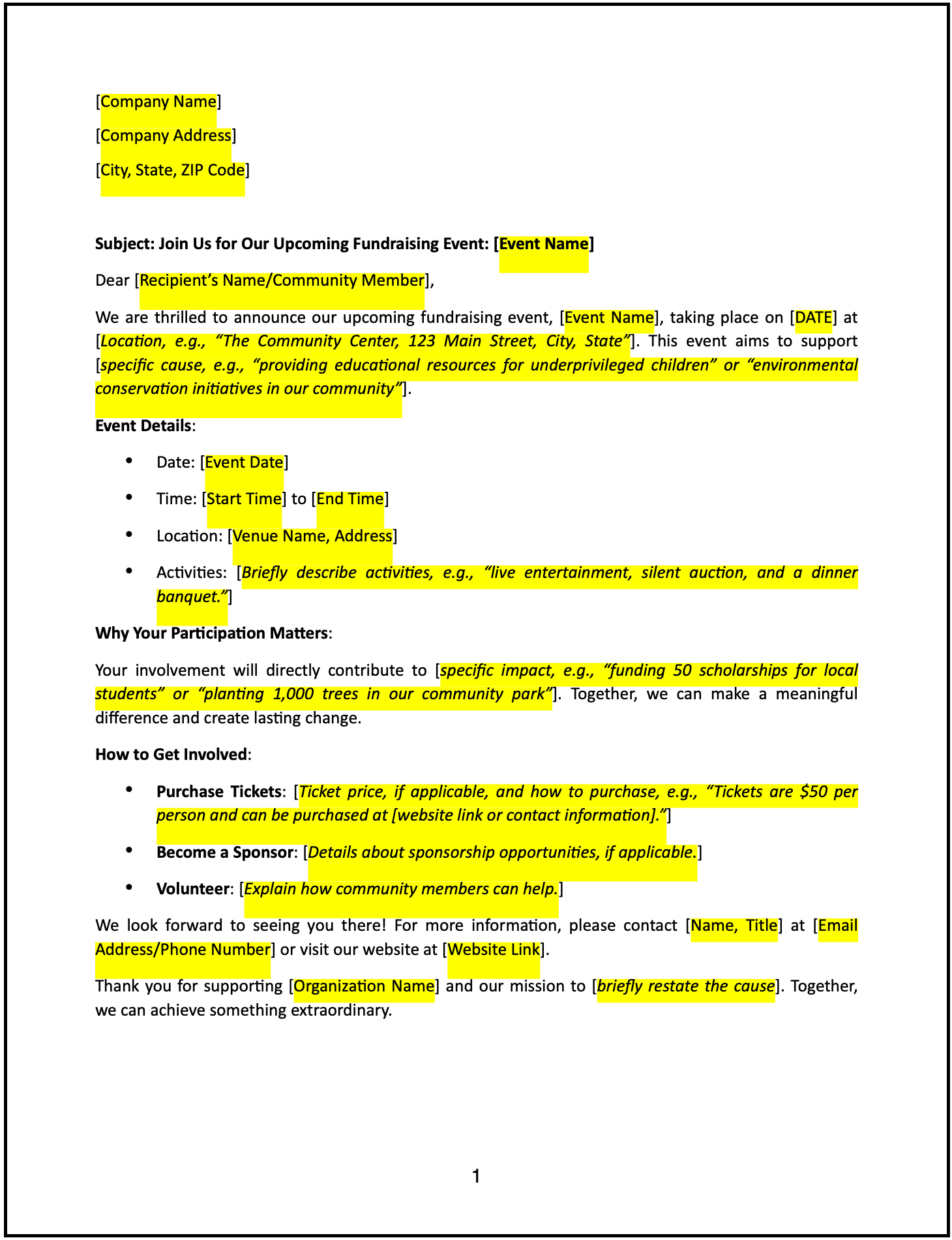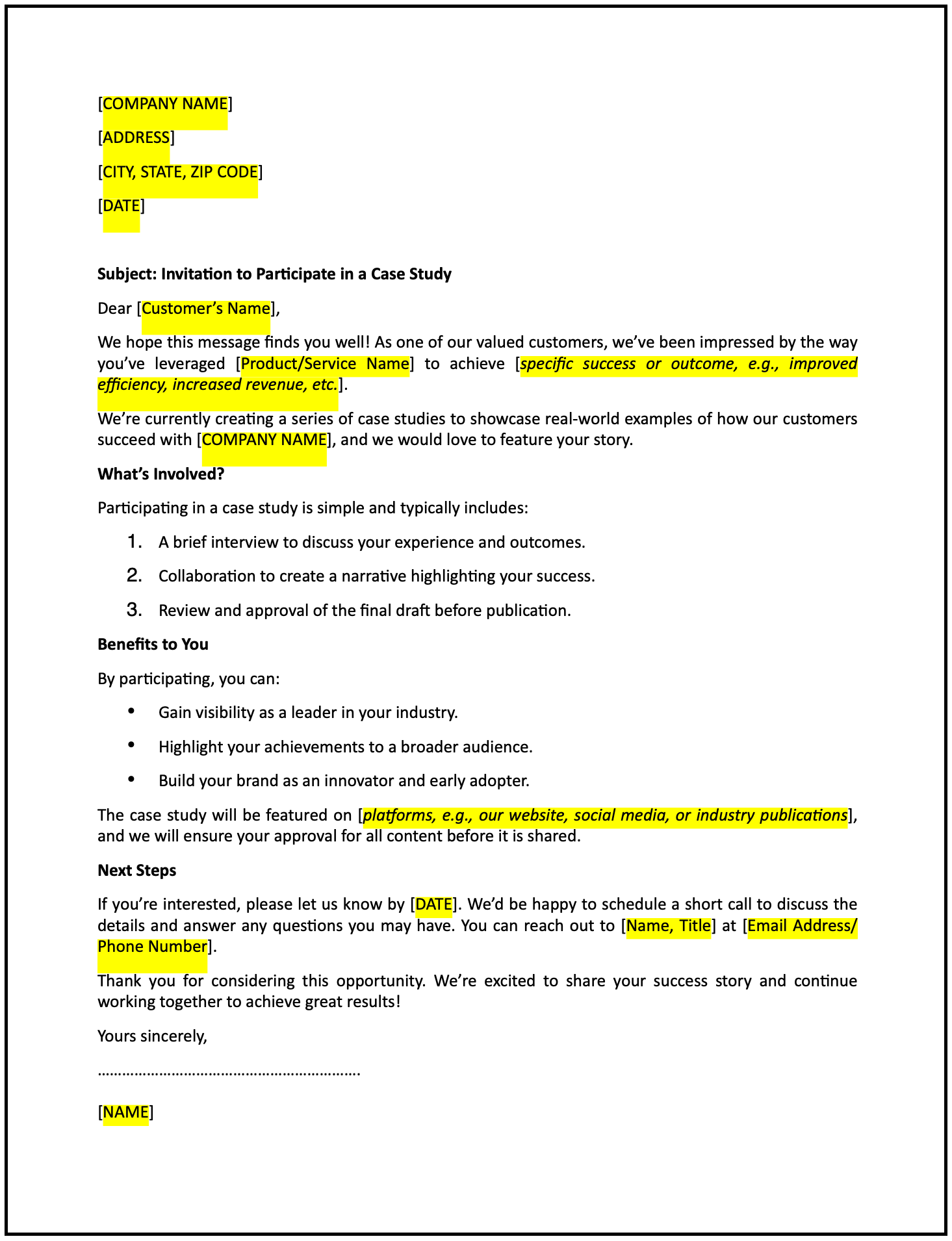Notification letter of intent to withhold payment due to dispute: Free template

Notification letter of intent to withhold payment due to dispute
A notification letter of intent to withhold payment due to a dispute is a formal way to communicate your decision to delay payment while resolving a disagreement. This letter outlines the basis for the dispute, asserts your rights, and encourages resolution to avoid further escalation.
How to use this notification letter of intent to withhold payment due to dispute
- Open with context: Begin by referencing the contract, agreement, or invoice under which the payment is due.
- State the intent: Clearly communicate your decision to withhold payment temporarily due to the unresolved dispute.
- Identify the dispute: Specify the nature of the disagreement, such as defective goods, incomplete services, or contract breaches.
- Reference supporting terms: Cite the relevant contract clauses or legal principles that justify withholding payment.
- Provide evidence: Attach any documentation, such as correspondence or records, that supports your position.
- Request resolution: Outline the steps the other party must take to resolve the dispute and facilitate payment.
- Highlight consequences: Emphasize that failure to address the issue may result in further action, such as legal remedies or termination of the agreement.
- Maintain a professional tone: Ensure the letter is clear, respectful, and focused on fostering resolution.
- Provide contact information: Include details for follow-up communication or clarification if necessary.
Benefits of using a notification letter of intent to withhold payment due to dispute
This letter template ensures a structured and professional way to address disputes while fostering resolution and protecting your interests. Here’s how it helps:
- Protects your rights: Clearly asserting your intent demonstrates your commitment to resolving the issue.
- Encourages compliance: Highlighting the dispute motivates the other party to address the problem promptly.
- Reflects professionalism: A well-crafted letter reinforces your credibility and seriousness.
- Reduces misunderstandings: Clear communication minimizes potential conflicts and fosters constructive dialogue.
- Supports documentation: Creating a formal record of your intent is valuable for legal proceedings or future reference.
Tips for writing an effective notification letter of intent to withhold payment due to dispute
- Be specific: Clearly reference the agreement, describe the dispute, and outline your reasons for withholding payment.
- Use professional language: Maintain a respectful yet assertive tone to convey the seriousness of the matter.
- Include evidence: Attach supporting documentation that substantiates your position and reinforces your argument.
- Highlight resolution: Specify the actions required to resolve the dispute and facilitate payment.
- Keep it concise: Focus on the key points without overwhelming the recipient with unnecessary details.
Frequently asked questions (FAQs)
Q: What details should I include in this letter?
A: Include references to the agreement, the nature of the dispute, evidence, and the steps needed to resolve the issue.
Q: Should I personalize the letter?
A: Yes, addressing the recipient directly ensures clarity and demonstrates attentiveness.
Q: Who typically receives this letter?
A: Send the letter to the party responsible for fulfilling the agreement, such as a vendor, contractor, or service provider.
Q: How formal should this letter be?
A: The tone should be highly professional and assertive, focusing on clarity and resolution.
Q: When should this letter be sent?
A: Send the letter promptly after identifying the dispute and deciding to withhold payment.
Q: Can this letter include a deadline for resolution?
A: Yes, specifying a reasonable timeframe for resolution encourages prompt compliance and resolution.
Q: Is acknowledgment from the recipient required?
A: While not mandatory, requesting confirmation ensures the letter has been delivered and understood.
This article contains general legal information and does not contain legal advice. Cobrief is not a law firm or a substitute for an attorney or law firm. The law is complex and changes often. For legal advice, please ask a lawyer.


